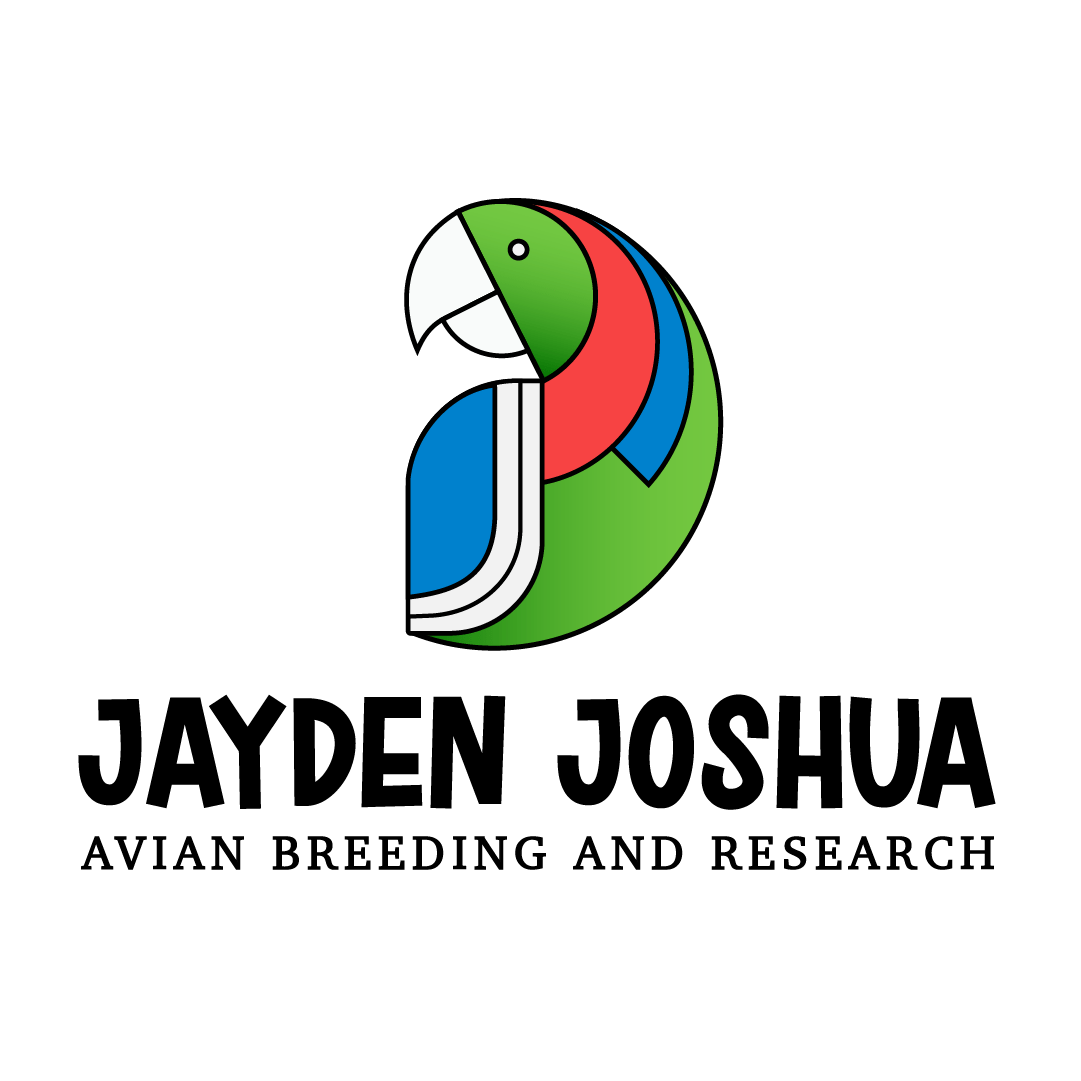
Discover everything you need to know about hawk-headed parrots, including their distinctive characteristics, care requirements, and behavior. Learn how to provide the best environment for your pet parrot.Read More
All About Hawk Headed Parrot
The Hawk-headed Parrot, scientifically known as Deroptyus accipitrinus, also known as the red-fan parrot is a captivating and unique parrot species native to the rainforests of South America, particularly in the Amazon basin. Here are some key characteristics of this remarkable bird:
Appearance of Hawk Headed Parrot

- Size: They are medium-sized parrots, reaching around 31 cm (12 inches) in length and weighing up to 300 grams (10.5 ounces).
- Coloration: Their plumage is a captivating mix of colors. The head and face are a distinctive combination of red and grey/blue stripes. This striking crest can be raised and lowered depending on their mood or situation. Their body feathers are a beautiful emerald green, with some green around the neck and shoulders. They have a dark brown and white facial area and a black beak.
- Sexual Dimorphism: There are no significant differences in plumage between males and females.
Habitat of Hawk Headed Parrot
Hawk-headed Parrots inhabit dense, humid rainforests and tropical woodlands of South America, particularly in regions with tall trees and abundant vegetation. They are typically found in lowland and foothill forests, as well as forest edges and clearings.

Behaviour of Hawk Headed Parrot

These parrots are known for their shy and elusive nature in the wild. They are often observed high in the forest canopy, foraging for food and socializing with other members of their flock. They are agile flyers and may travel long distances in search of food and suitable habitat.
Diet of Hawk Headed Parrot
These parrots are primarily frugivorous, meaning they primarily feed on fruits. They also consume a variety of seeds, nuts, flowers, and occasionally insects and other small invertebrates found in their natural habitat.

Breeding of Hawk Headed Parrot

Hawk-headed Parrots are believed to form monogamous pair bonds during the breeding season. They construct their nests in tree hollows or cavities, where the female lays a small clutch of eggs. Both parents take turns incubating the eggs and caring for the chicks.
Conservation Status of Hawk Headed Parrot
The Hawk-headed Parrot is currently listed as Least Concern on the IUCN Red List of Threatened Species, indicating that it is not considered to be at significant risk of extinction. However, like many other parrot species, it faces threats from habitat loss, deforestation, and illegal capture for the pet trade. Conservation efforts focused on protecting its rainforest habitat are crucial for its long-term survival.

Interesting Facts about Hawk Headed Parrot
- Unique Crest: The red and grey/blue striped crest on their head is a standout feature. Unlike most parrots, they can control this crest, raising it when excited or alert and lowering it when relaxed. This ability is shared only with a few other New World parrots like cockatoos.
- Powerful Beaks: Their beaks are strong and well-adapted to their diet. They can crack open tough nuts and seeds, providing them with essential nutrients.
- Ground Foragers: While many parrots spend a lot of time in the trees, hawk-headed parrots are primarily ground-dwelling birds. They spend most of their time walking or hopping on the forest floor searching for food.
Lifespan of Hawk Headed Parrot
The lifespan of a hawk-headed parrot (red-fan parrot) can vary depending on whether they are living in captivity or the wild. Here’s a breakdown:
- Captivity: In a well-cared-for captive environment, hawk-headed parrots can potentially live for up to 40 years. With proper diet, veterinary care, and a stimulating environment, they can thrive for many decades.
- Wild: Unfortunately, there is less data available on the lifespan of hawk-headed parrots in the wild. The challenges of studying wild bird populations make it difficult to determine their exact lifespans. However, some estimates suggest their lifespan in the wild could be similar to their captive counterparts, potentially around 40 years.
It’s important to consider that these are estimates, and the lifespan of individual birds in the wild can be influenced by various factors like:
- Food Availability: Access to a nutritious and varied diet can significantly impact their health and longevity.
- Predation: Threats from predators like hawks or other animals can affect their survival rates.
- Habitat Quality: The health of the rainforest ecosystem, including factors like disease and pollution, can play a role in their lifespan.
Conservation efforts are crucial for ensuring the long-term survival of hawk-headed parrots in the wild. Protecting their habitat and addressing threats like deforestation and hunting will be essential for these fascinating birds to continue gracing the rainforests for years to come.
Want to learn more about Pesquets Parrot? Check out our blog post !

Subscribe to our newsletter!


